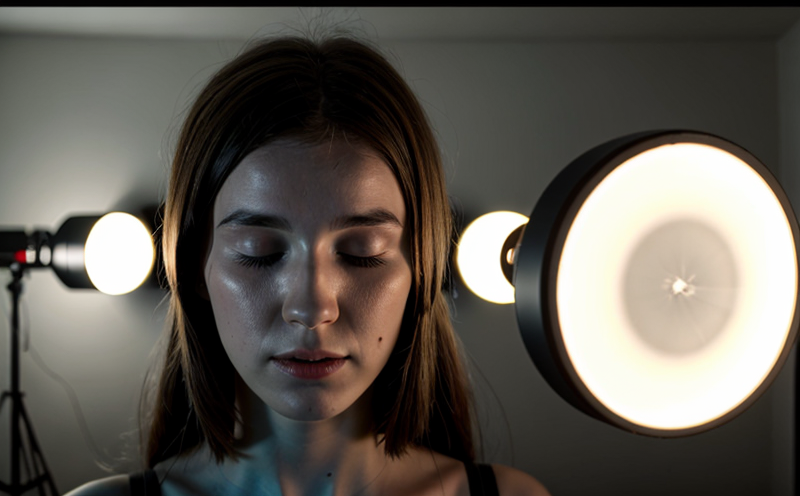EN 61000 3-11 Flicker Testing of Lighting Systems Connected to Public Networks
The IEC standard, EN 61000-3-11, is designed to ensure the compatibility and safety of electronic equipment connected to public power networks. This standard specifically addresses flicker in lighting systems, a phenomenon that can cause visual discomfort or even pose risks to individuals with photosensitive epilepsy.
Flicker occurs when there are rapid variations in the luminous flux produced by a light source, which may be perceived as visible fluctuations in brightness. These variations can result from various factors including voltage fluctuations and poor power factor correction. The standard provides comprehensive guidelines for measuring and limiting flicker to ensure it remains within acceptable limits.
In the context of lighting systems connected to public networks, flicker testing is crucial to maintain the quality of service and protect consumers' well-being. The testing process involves several steps: initial specimen preparation, measurement setup, data acquisition, and final report generation. Specimens are typically lighting fixtures or entire installations that will be subjected to rigorous testing.
The test setup generally includes a flicker analyzer capable of capturing the light output over time, ensuring accurate measurements. The specimens are operated under various conditions to simulate real-world usage scenarios. This is critical because different operating conditions can significantly affect the flicker performance of lighting systems. For instance, dimming levels and ambient temperatures play significant roles in influencing flicker.
Data acquisition is a meticulous process that requires precise instrumentation to ensure accurate results. The data collected includes not only the flicker index but also other relevant parameters such as frequency of fluctuations and intensity variations. These details are essential for comprehensive reporting and compliance verification.
The testing criteria outlined in EN 61000-3-11 are stringent, ensuring that lighting systems meet international standards of safety and performance. Compliance with these standards is not only a regulatory requirement but also an assurance to end-users about the quality and reliability of the products.
Industry Applications
| Broadband Access Providers | Ensure stable data transmission by minimizing voltage fluctuations that can affect performance. |
| Data Centers | Prevent flicker-induced visual discomfort among employees and visitors, enhancing workplace comfort. |
| Hospitals & Clinics | Protect patients with photosensitive epilepsy from potential harm caused by light fluctuations. |
| Offices & Public Spaces | Maintain consistent lighting quality to improve employee productivity and visitor satisfaction. |
- Broadband Access Providers: Voltage stability is crucial for maintaining reliable data transmission rates.
- Data Centers: Consistent lighting conditions are vital for staff comfort and efficiency.
- Hospitals & Clinics: Safety and patient care are paramount, especially in areas with sensitive equipment.
- Offices & Public Spaces: Aesthetics and productivity are key factors to consider when implementing new lighting systems.
Eurolab Advantages
At Eurolab, we pride ourselves on delivering comprehensive testing services that go beyond mere compliance. Our advanced facilities and experienced staff ensure accurate, repeatable test results:
- State-of-the-art flicker analyzers for precise measurements.
- Dedicated laboratories with controlled environmental conditions to simulate real-world scenarios.
- Experienced engineers who stay updated on the latest industry standards and best practices.
- Comprehensive reporting that provides detailed insights into flicker performance, aiding in informed decision-making.
International Acceptance and Recognition
The EN 61000-3-11 standard is widely recognized across Europe and internationally. Compliance with this standard is mandatory for manufacturers looking to sell products in the European market and beyond:
- IEC, ISO, and national standards bodies have adopted it as a benchmark.
- It is included in directives such as LVD (2014/35/EU).
- Recognition by regulatory authorities ensures that products meet stringent safety and performance criteria.





